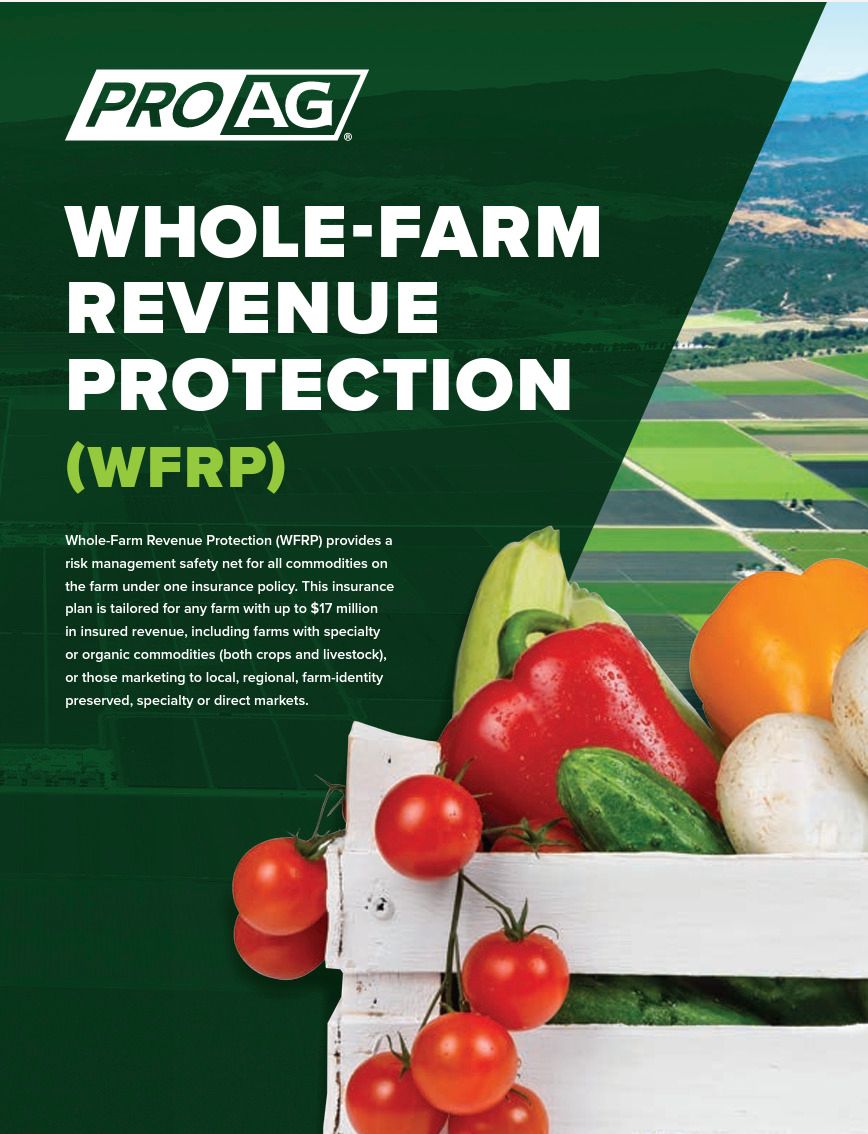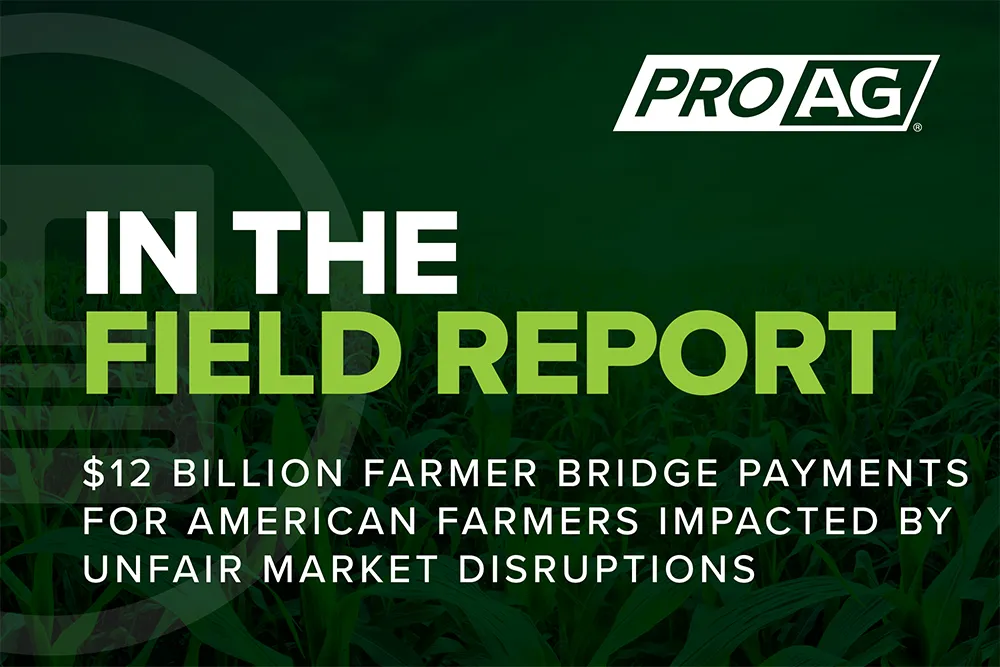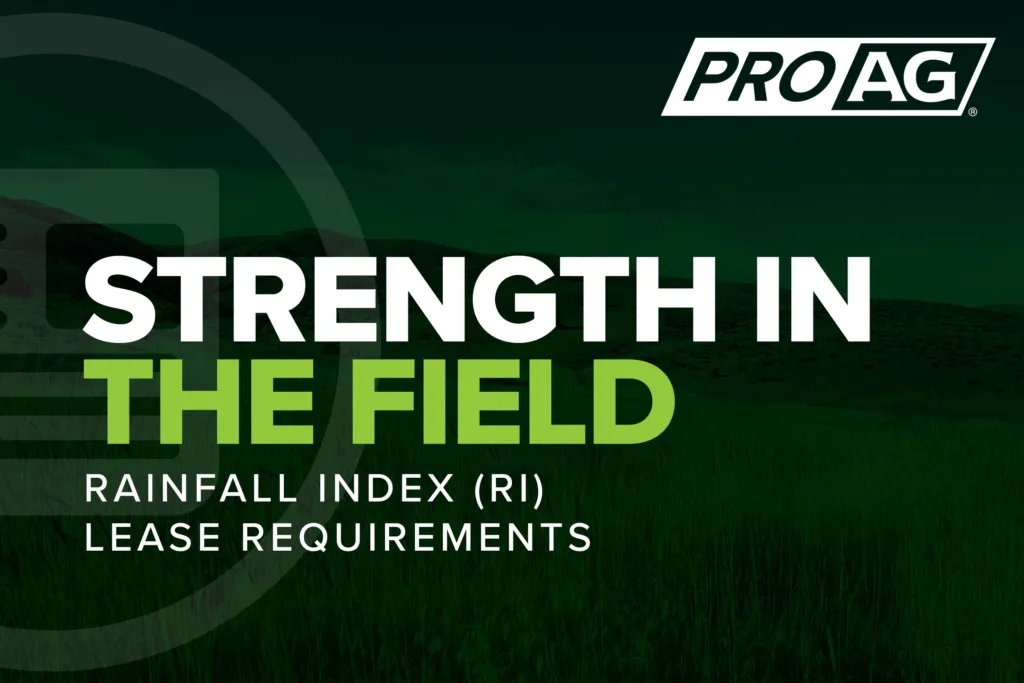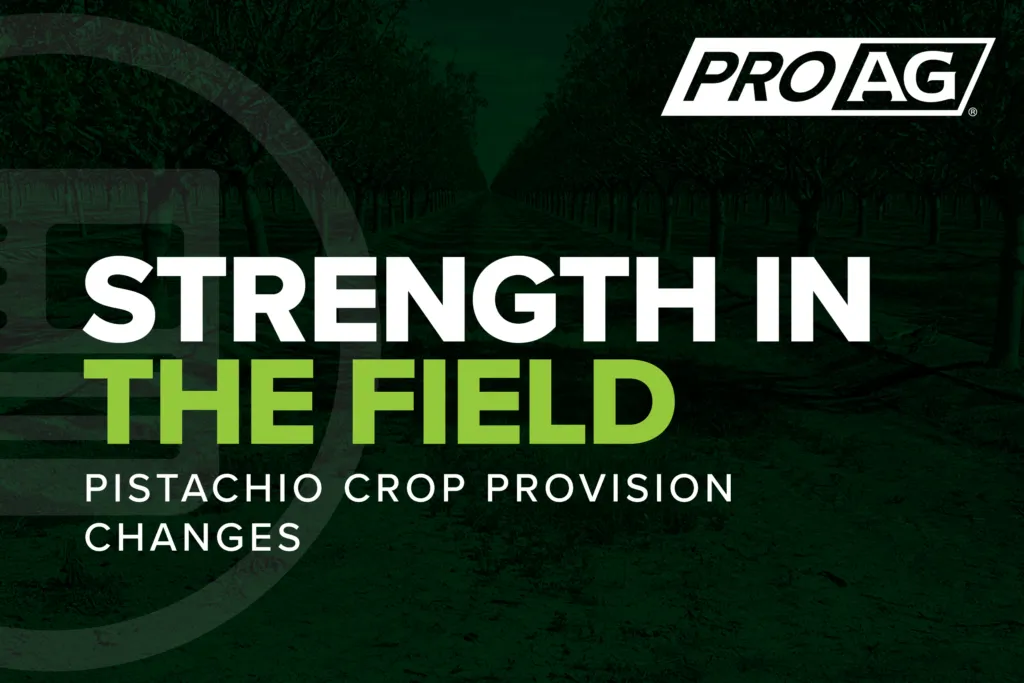Whole-Farm Revenue Protection provides a risk management safety net for all commodities on the farm under one crop insurance policy.
Whole-Farm Revenue Protection (WFRP) provides a risk management safety net for all commodities on the farm under one insurance policy and is available in all counties nationwide. This crop insurance plan is tailored for any farm with up to $17 million in insured revenue, including farms with specialty or organic commodities (both crops and livestock), or those marketing to local, regional, farm-identity preserved, specialty, or direct markets.
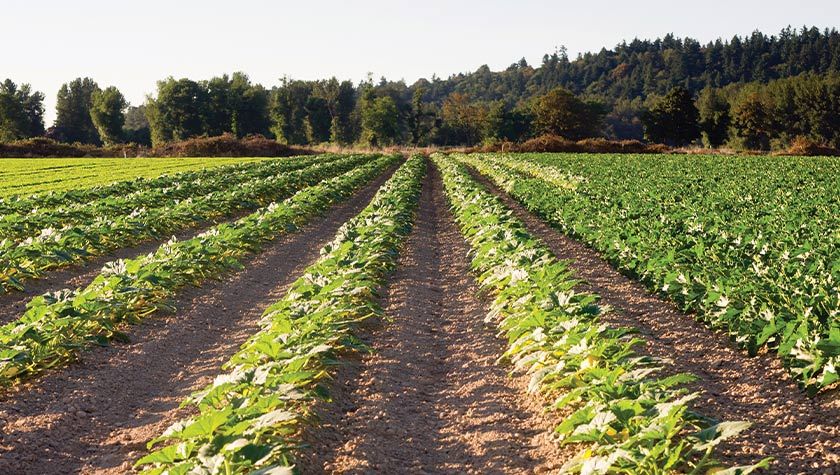
Safety net for all commodities on the farm under one insurance policy.
Tailored for small farms up to $17 million in insured revenue
Can have specialty or organic commodities, includes both crops and livestock (*this can either be on own or with specialty/organic)
Available to those who market to local, regional, farm-identity preserved or direct markets
How WFRP Works
WFRP provides protection against the loss of insured revenue due to an unavoidable natural cause of loss which occurs during the insurance period and will also provide carryover loss coverage if you are insured the following year. See the policy for a list of covered causes of loss.
Recent WFRP Program Improvements
The Risk Management Agency (RMA) revised the Whole-Farm Revenue Protection (WFRP) Pilot Policy for 2026 and succeeding crop years. The same changes apply to the Micro Farm (en español) program.
The following changes are included to conform with the One Big Beautiful Bill Act:
- Update the beginning and veteran farmers and ranchers’ additional subsidy percentages;
- Increase the subsidy percentages on 75%-85% coverage levels for single commodity WFRP policies; and
- Allow all eligible producers to qualify for a 90 percent coverage level.
WFRP is available in all counties in all 50 states.
WFRP provides protection against the loss of insured revenue due to an unavoidable natural cause of loss which occurs during the insurance period. WFRP will also provide carryover loss coverage if the producer is insured the following year. See the policy for a list of covered causes of loss.
Sales Closing, Cancellation and Termination Dates
- Calendar year and early fiscal year filers | January 31, February 28, or March 15 (by county)
- Late fiscal year filers | November 20
- Revised Farm Operation Reporting Date (All counties) | July 15
- Contract Change Date | August 31
Coverage is provided for the duration of the producer’s tax year (the insurance period). The insurance period is a calendar year if taxes are filed by calendar year, or a fiscal year if taxes are filed by fiscal year.
Whole-Farm Revenue Protection protects your farm against the loss of farm revenue that you earn or expect to earn from:
- Commodities, including Industrial Hemp, you produce during the insurance period, whether they are sold or not
- Commodities you buy for resale during the insurance period (limits apply)
- All commodities on the farm except timber, forest, and forest products; and animals for sport, show, or pets
The policy also provides replant coverage:
- For annual crops, except Industrial Hemp and those covered by another Federal crop insurance policy
- Equal to the cost of replanting up to a maximum of 20 percent of the expected revenue multiplied by your coverage level
- When 20 percent or 20 acres of the crop needs to be replanted.
The approved revenue amount is determined on your Farm Operation Report and is the lower of the expected revenue or your whole-farm historic average revenue. Coverage levels range from 50 percent to 90 percent. Catastrophic Risk Protection (CAT) coverage is not available.
The number of commodities produced on the farm are counted using a calculation that determines the amount of premium rate discount you will
receive due to farm diversification; and
The subsidy amount:
- Farms with 2 or more commodities will receive a whole-farm
premium subsidy; and - Farms with one commodity will receive an enterprise premium
subsidy.
You can buy WFRP alone or with other Federal crop insurance policies. When you buy WFRP with another Federal crop insurance policy, at a buy-up level, the WFRP premium may be reduced due to the coverage provided by the other policy. If you have other Federal crop insurance policies at catastrophic coverage levels, your WFRP premium will not be reduced.
Your premium subsidy will be based on the coverage level you elect. All farms insured under WFRP receive a whole-farm premium subsidy.
How is a WFRP indemnity calculated?
Claims are settled after taxes are filed for the policy year. A loss under the WFRP policy occurs when the WFRP revenue-to-count for the insured tax year falls below the WFRP insured revenue. Revenue-to-count for the insured tax year is:
- Revenue from the tax form that is “allowable revenue” according to the policy
- Adjusted by excluding inventory from commodities sold that were produced in previous years
- Adjusted by including the value of commodities produced during the insurance period that have not yet been harvested or sold, and
- Any other adjustments required by the policy such as those from uninsured causes of loss
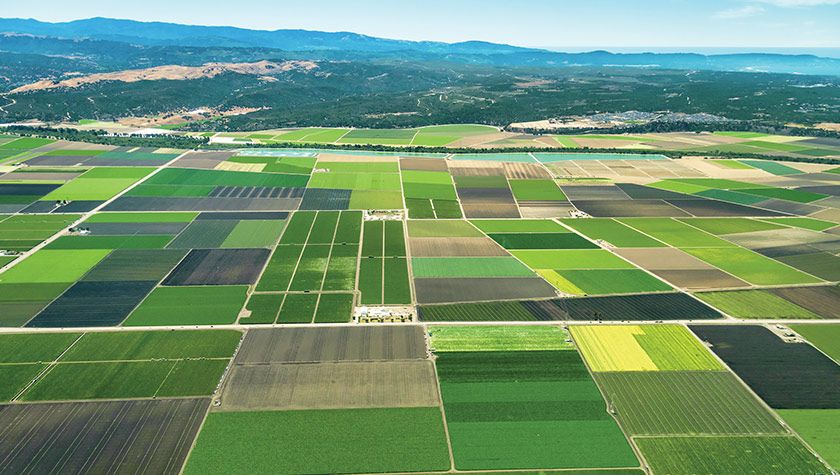
WFRP Crop Insurance Policy Information:
- Whole-Farm Revenue Protection Pilot Policy 26-0076 (Aug 2025) PDF
- Micro Farm Policy Provisions 25-MF-WFRP (Aug 2024) PDF
- Combo Form – 2025 Whole-Farm Revenue Protection (WFRP) – New Policy
- Combo Form – 2025 Whole-Farm Revenue Protection (WFRP) – Renewal Policy
- Combo Form – 2025 Whole-Farm Revenue Protection (WFRP) – New Policy with PAW
- Combo Form – 2023\5 Whole-Farm Revenue Protection (WFRP) – Renewal Policy with PAW
- Substitute Schedule F for WFRP Purposes
Other Helpful Information:
Recordkeeping Aids for Direct Market Producers:







